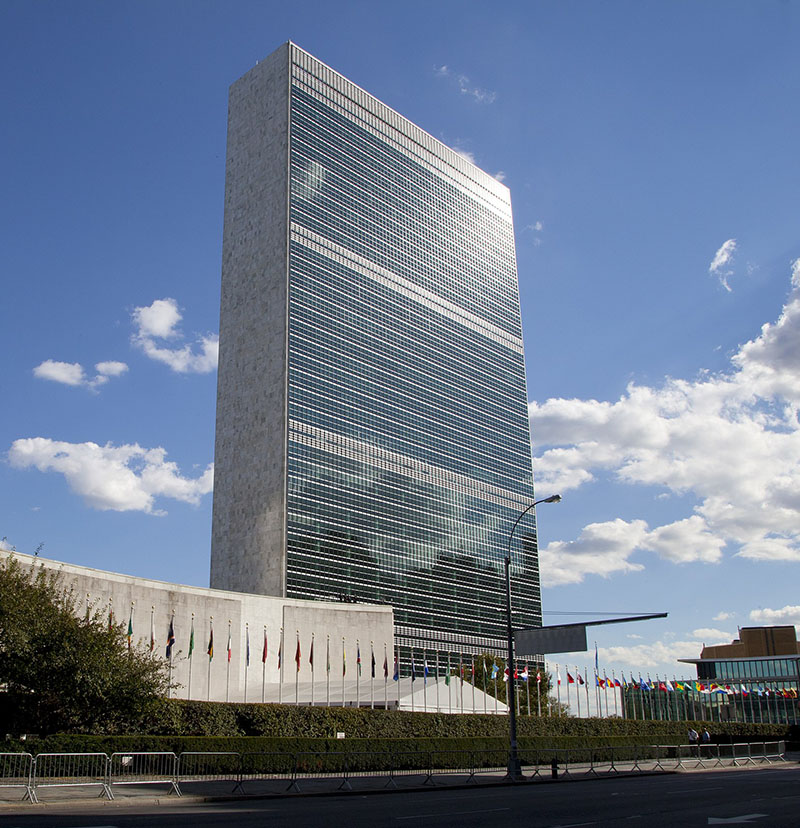Mask of Vaikuntha Vishnu, late 5th century. Learn more about 5th century masks
Designed by 

Style of architectural design characterised by lightweight, rectilinear structures using industrial materials such as steel, concrete and glass, often featuring open floor plans and continuous ribbon windows. It emerged in Western Europe during the 1920s in response to the housing and rebuilding requirements following World War I. Emphasising rationalism and functionalism, the design approach prioritised volume over mass, symmetry and repetition in facades, flexibility in spatial planning, and minimalism over ornamentation. The term was first popularised by American architect Philip Johnson and historian Henry-Russell Hitchcock in the catalogue of their 1932 exhibition Modern Architecture: International Exhibition, which showcased works by leading Modernist architects such as Le Corbusier and Walter Gropius. The style was widely adopted in residential, institutional, and civic architecture, extending beyond Europe — in North America it was the dominant style for skyscrapers and corporate buildings, particularly during the 1930s and 1940s, until the rise of Postmodernism in the 1960s.